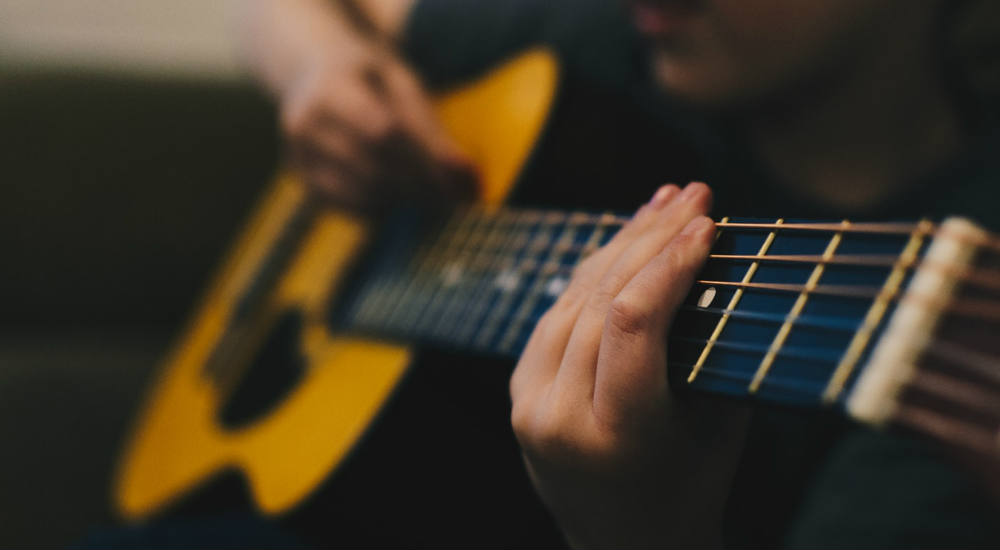
A couple of simple changes to Figure A can give us a lot more to work with in terms of sound and movement, and adds some additional chords to play with when improvising. Figure B highlights these additional changes. Again, start by keeping the rhythm simple and getting through the progression. Then try changing voicings (different shapes, barre chords, etc.) to get comfy with the sound. The added D7 (V chord) in Bar 2 and Eb7 to D7 in Bars 9 and 10 create additional movement and interest to the ear as well as offering more possibilities for improvisers.

From here let’s change some chord qualities to add a little flavour. Figure C takes our progression from Figure A and starts by adding Gm9, D7#9, Gm7 and Gm6 in the first four bars. In this example I’m trying to keep some consistency with the movement of the top note by avoiding any huge jumps. The A of the Gm9 moves down a major 3rd to F in the D7#9. From there it descends a minor 3rd to D in our Gm7 (Bar 3). The D note then only needs to move up a tone to become the 6th in the Gm6 chord. This top note of E then descends to Eb in Cm7 and down another semitone to become the 9 (D) in our Cm9. Our descending motion continues down to C which becomes the 11 (C) of Gm11. Next is a bit of a jump up to F (the 7th of the Gm7). This is done to create an interesting sound that keeps the top note (F) as the 9th of Eb9. The chord then descends to D7#9 with the top note remaining constant (and becoming the #9). Another jump to A with the highest note creates a Gm9 voicing which then ascends a semitone to A# for the last chord of our progression, a D7#5 with the A# acting as the #5.

To many of you this may not be ground breaking (and it isn’t), but hopefully it exposes some of you to new sounds/chords/voicings, and highlights added possibilities for a fairly standard minor blues progression. Rhythm makes all the difference here, too, so try playing straight or as a funky swing. Try long notes, muted quaver, and semiquaver rhythms and different tempos – you’re only limited by your imagination and creativity.
